When I started my studies in Aalto University, I knew from the beginning that I would like to spend half a year abroad as an exchange student, and Japan always seemed like an intriguing destination. After a long application period and overcoming several challenges, that dream finally came true at the beginning of this April, when I arrived in Tokyo to study in Tokyo Institute of Technology.
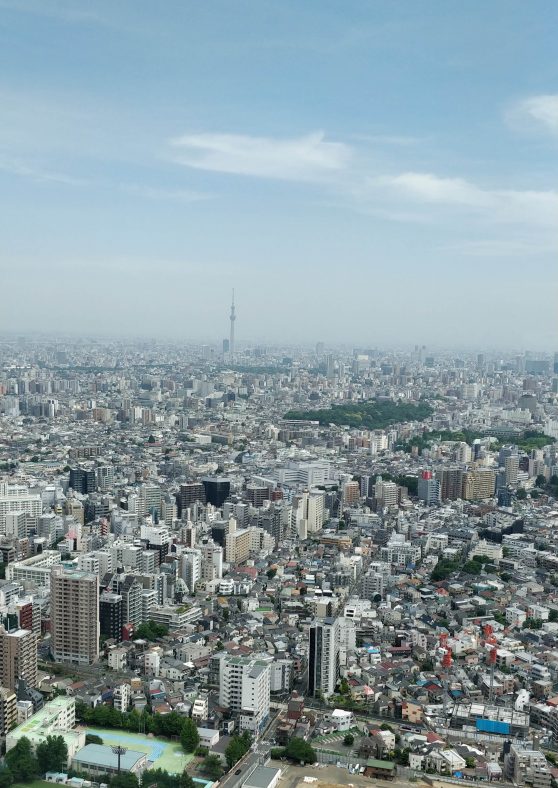
View of Tokyo from Ikebukuro’s Sunshine City
Academic year in Japan differs a lot from the one we are used to in Finland or many other countries. Academic year and spring semester starts in April and lasts until the beginning of August, second semester starts in September. During the first 1,5 months of my stay a lot has happened, as there are so many things to see and experience. This of course means that my wallet has been constantly getting a lot lighter but I think it has been worth every yen.
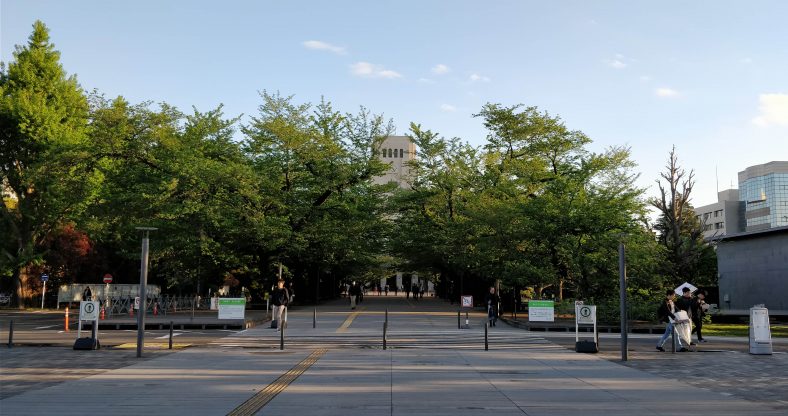
Tokyo Tech’s Ookayama campus, which is also the main campus
The most challenging part of living in Japan is definitely the language. I had studied Japanese for several years before, but after having a break from active language studies for two years before arriving here, I had forgotten a lot of the vocabulary. The closer you are to the central parts of Tokyo, it is more likely to find signs and information in English. The farther you go, the harder it is to find information in English if it’s not to a location with lots of tourists. For me the kanji (the Chinese characters) are very challenging to remember, so Google Translator and other apps have been in heavy use to survive everyday life, for example while doing grocery shopping.
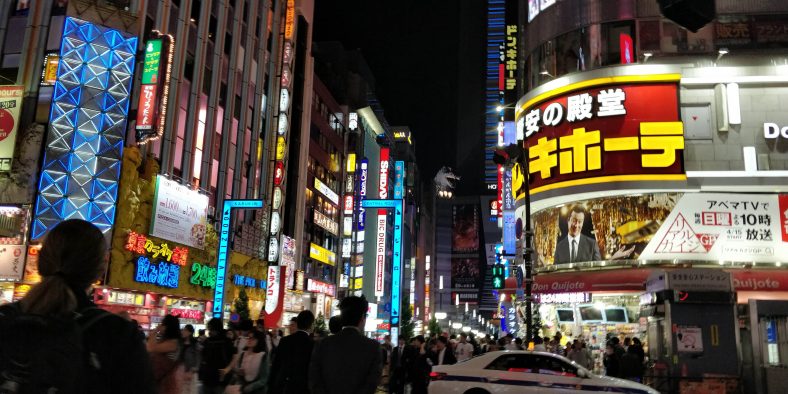
Night time Shinjuku on May 1st, where I went to have dinner to celebrate wappu with other Finnish people living in Tokyo
Here I have listed 5 culture shocks in random order.
Culture shock #5: Waste management and recycling
Japanese recycle their waste very strictly, at least here in the capital. However, each city has its own way of collecting and managing waste. For the first month I lived in Yokohama where plastics were collected as their own type of waste, but biowaste was put into burnables. Then I moved to Tokyo and here biowaste is collected as its own waste but most of plastics go to burnables. This confused me a lot at first. Each type of waste is collected on its assigned day of the week.
I have been accustomed to recycling in Finland too, but there are some cons to the Japanese way if you ask me. Biggest con is probably that it’s sometimes very hard to find a garbage bin in the public so you end up carrying waste with you for a long time.
Culture shock #4: Vegetables are expensive
This was something that I was surprised about and didn’t know before coming here. My gut feeling is that price level in Japan is similar to that of Finland’s. Japan has a general tax rate of 8% that is applied to every services and products. However, some vegetables can be really expensive in Japan. Vegetables are often pre-packed and the packages are either really small or made to feed a big family. Also, being vegetarian or vegan in Japan can be very challenging and it takes a lot of time to get familiar with the products and to make sure something is good for your diet. It can be done but might take more effort than in many other countries.
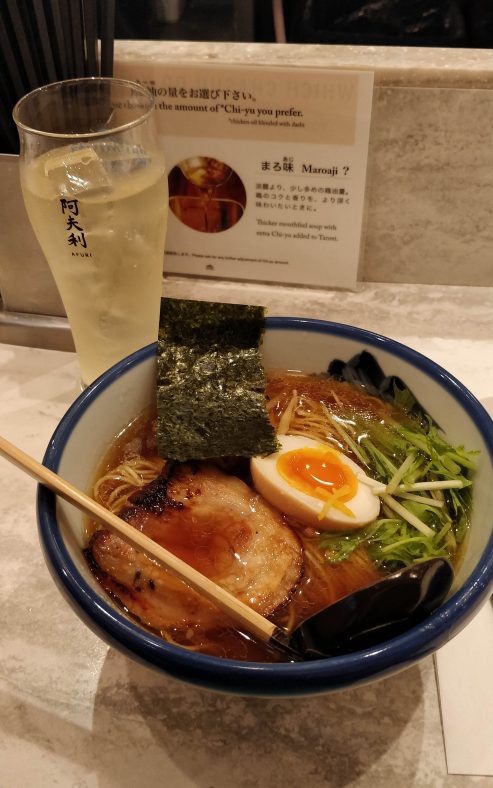
One of my favourite Japanese dishes, ramen!
Culture shock #3: Service culture
Willing to serve is on its own level in Japan. It’s common to hear that Japanese people are very polite and helpful if mutual language is found. Still, this has been taken to next levels from just the everyday politeness you might be accustomed to. For example, pretty much every store with a parking lot might have their own workers guiding people and making sure that pedestrians can cross the road safely. Some places also have people showing way to the elevators and so on. In shops and stores you constantly hear the workers greeting you almost like a chant, which seems a bit comical.
Culture shock #2: It’s hard to survive with only using English
As I mentioned above, I had studied Japanese before for several years and I had been to Tokyo once before in my life. Still it surprised me how little English is used in Japan. Maybe the worst part about this is that as a new resident you have to fill in a lot of forms that are only in Japan and might not have any English guides. And there’s a lot of forms, like moving-in notice to your city, opening the bank account, etc. Some of the local people don’t speak English at all or only very little, so it’s better to know at least some basic vocabulary and phrases when traveling to Japan, especially for a longer time or somewhere outside the central of big cities.
Culture shock #1: You can’t avoid using cash
This is something that is very weird for a Finn but might be familiar to many others. In Finland I very rarely use cash nowadays and pay pretty much everything with my debit card or online, because it’s so common in Finland and often faster. It’s surprising that as a country with so much technological development, Japan uses mostly cash. I even had to pay two months’ worth of rent and moving-in fee with a payment slip at a convenience store by using cash.
Many stores and shops don’t accept international cards at all so you better have cash with you all the time. You also can’t withdraw money just from any ATM, because not all of them accept international cards. Withdrawing also costs quite a bit. The smallest coin in Japan is only 1 yen which is less than 0,01 Euros. These coins will accumulate in your wallet if you don’t keep spending them away whenever you can.
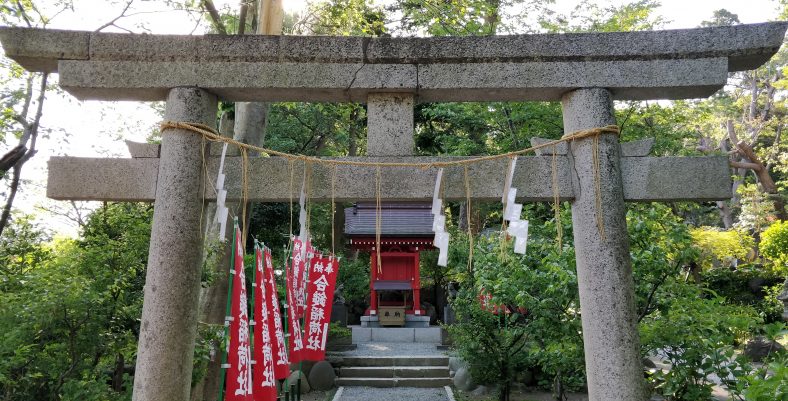
Small shrine found during a hiking trip to Kamakura
Thanks for reading! 読んでくれてありがとう!
Best regards,
Anni Parkkila

